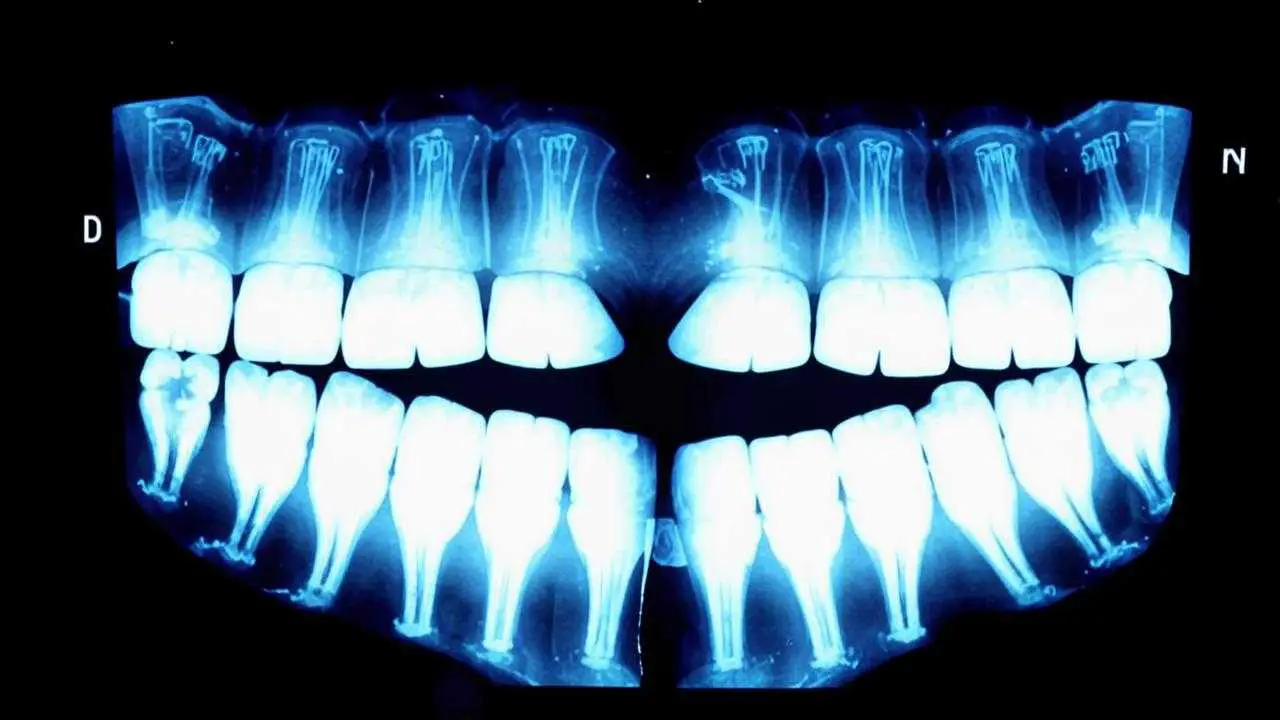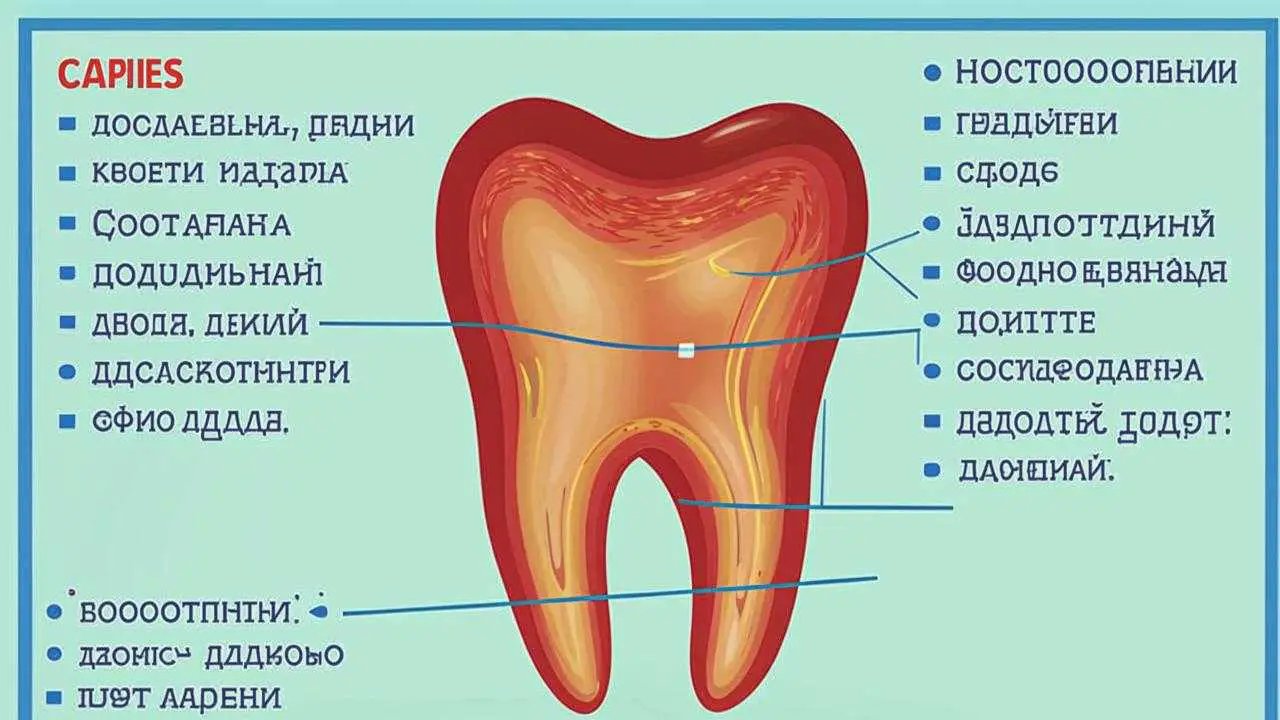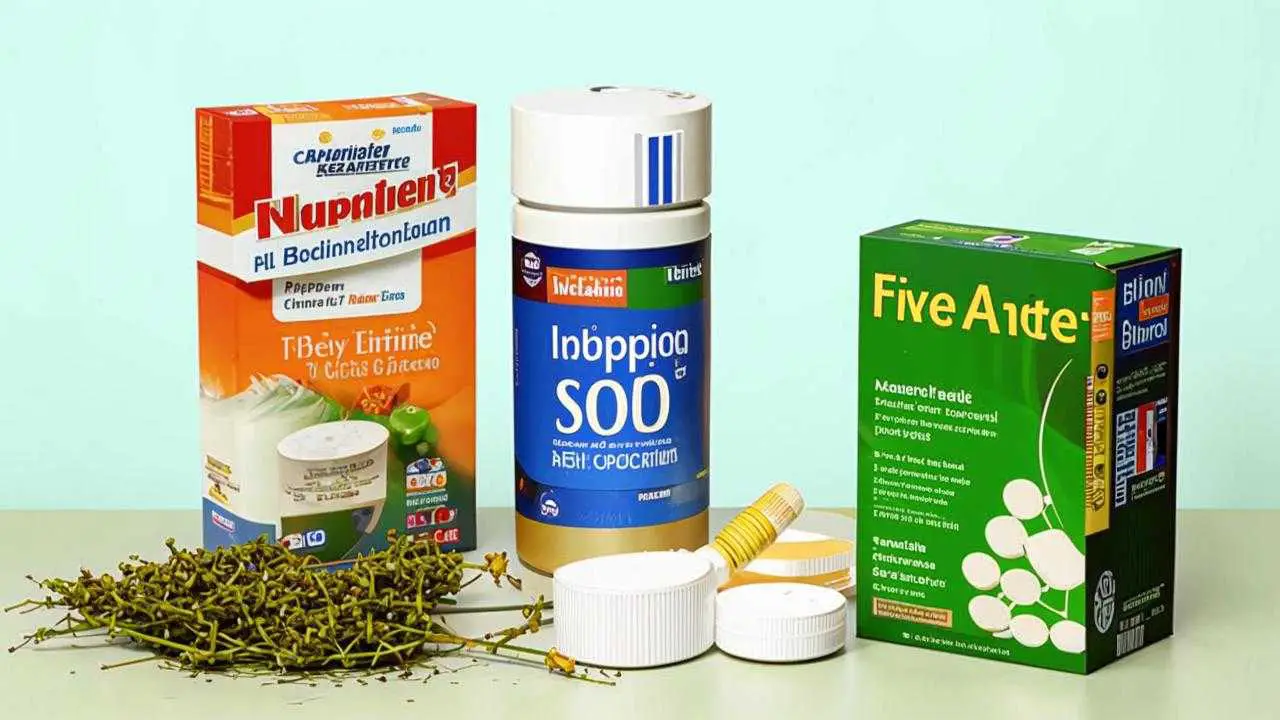Reading time ~ 5 min Number of readings: 58540
Having finished treatment, we leave the dentist’s office with a sense of relief. Then the effect of local anesthesia ends and it is found that the tooth hurts after the filling. There is no reason to panic and immediately make an appointment. Pain is a natural reaction to medical intervention:
- To prepare the tooth, it is drilled. Nerve endings in the hard tissue react to this process by sending pain signals to the brain. The deeper the drill bit goes, the more painful it is.
- When the pulp (nerve) is removed, the adjacent vessels and nerve endings are traumatized.
- The antiseptic used to treat the cavity has a strong irritant effect. It can get on the surrounding tissue, causing discomfort.
This kind of painful sensations pass on their own, within a period of up to 2 weeks. The main feature: unpleasant sensations gradually subside, come to naught.
What else causes toothache under the filling
Sometimes, the tooth continues to hurt or cause discomfort. This can be caused by a medical error:
- The dentist over-dried the dentin, causing a burn. The tooth reacts to temperature stimuli and tapping.
- The dentin was underdried. Between the filling and the wall there is an air gap with negative pressure, which causes soreness.
- When treating deep caries, the doctor damaged the pulp chamber, pathogens penetrated the pulp, causing inflammation – pulpitis.
- The filling was placed incorrectly, it irritates the gum, causing swelling, redness, pain.
Instrument breakage, too much or too little filling material, allergic reactions to its composition, also lead to unpleasant sensations.
What to do if the tooth hurts after the installation of a filling
Attention should be paid to the nature of the pain. If it is aching, tolerable, not associated with food intake, then the chances are great that everything will get better by itself.
Worry if:
- The pain is pulsating, increases at night, hurts a filled tooth with a nerve – this indicates inflammation of the pulp.
- Unpleasant sensations appear only when biting, pressing on the filling – most likely, the technology of filling is violated.
- The feeling that the tooth protrudes, there are unpleasant sensations when chewing – the filling is too large.
- Burning in the mouth, sore gums, red and swollen mucosa – signs of an allergic reaction.
- Pain, does not decrease, may increase. The gum swells, there is a general malaise, fever. These symptoms indicate that periodontitis is developing.
How to help yourself at home
All home remedies that are recommended to use if the tooth under the filling is aching, reduce the symptoms, but do not eliminate the cause. These measures are temporary, applied before seeing a doctor. The only exception is natural pain after a filling has been placed
Pharmacy painkillers will help distract and sleep. Gargles with salt or baking soda relieve irritation. Infusions of herbs, calendula, chamomile, sage have a disinfectant and anti-inflammatory effect.
Modern dentistry has a negative attitude to such a means of folk medicine as a hot compress. This can increase inflammation, cause bleeding and purulent process.
Treatment in dentistry
With severe, increasing pain, you should immediately contact a doctor. Also, you should make an appointment if the tooth is aching after filling, although about 2 weeks have passed. The dentist will conduct an examination and prescribe radiologic examination. The examination will determine if the filling is not in the way. If so, the doctor will simply grind away the surface.
The x-ray will show what is causing the discomfort:
- periodontal inflammation;
- pulpitis;
- a fragment of an instrument.
In this case, the tooth will have to be re-filled. The old filling is removed and the reason why the filled tooth is aching is eliminated. Treatment time depends on the severity of the defect. A piece of the instrument can be removed in one appointment. Severe inflammatory processes will require several visits and endodontic intervention, when the canals are re-treated.
If, after installing a filling, the tooth hurts as a result of an allergy to the material, it is replaced using a different composition.
How to reduce the risk
Most often, the tooth hurts after a filling is placed as a result of medical errors. Therefore, you should choose your doctor carefully. Check what kind of education the doctor has, what advanced training courses he has completed. Usually, this information is in the public domain, doctors are proud of their achievements, and clinics are proud of such doctors.
But there are a number of cases when serious problems arise through the fault of patients.
Memo to patients
- Do not delay a visit to the doctor if there are signs of an allergic reaction
- If the pain is increasing, swelling, redness, fever – make an emergency appointment.
- Do not dull the pain with antibiotics, unless prescribed by your doctor.
- Do not make alcohol and garlic applications, you can burn the mucosa.
- Never warm the tooth
- Follow all the recommendations of the dentist
A qualified doctor, a clinic with modern digital equipment and compliance with the recommendations will avoid situations when the tooth hurts after filling.


